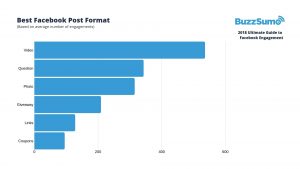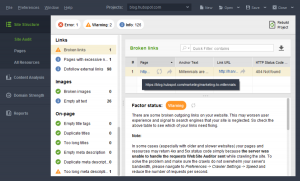 Understanding your website’s traffic is a fundamental step towards optimization. When updating content, you must keep in mind who the audience will be and which offers will entice them. Additionally, the quality of website visitors can change depending on their source. For example, Paid Search traffic tends to be of higher quality. Those that click on paid ads often have a greater sense of urgency and will be more likely to convert into a lead. Other traffic sources however are not as straightforward. Often, websites see the largest amount of traffic from both direct and organic search. With both of these sources playing a major role in your overall website traffic, we must fully understand each one.
Understanding your website’s traffic is a fundamental step towards optimization. When updating content, you must keep in mind who the audience will be and which offers will entice them. Additionally, the quality of website visitors can change depending on their source. For example, Paid Search traffic tends to be of higher quality. Those that click on paid ads often have a greater sense of urgency and will be more likely to convert into a lead. Other traffic sources however are not as straightforward. Often, websites see the largest amount of traffic from both direct and organic search. With both of these sources playing a major role in your overall website traffic, we must fully understand each one.
Direct Traffic
Direct traffic is one of the most common sources of visits to your website. In HubSpot, this traffic is shown in blue, at the bottom of the sources bar graph. Direct traffic is defined as visits with no referring website. When a visitor follows a link from one website to another, the site of origin is considered the referrer. These sites can be search engines, social media, blogs, or other websites that have a link to another websites for visitors to follow. Direct traffic, however, categorizes visits that do not come from a referring URL. Often, these visitors manually enter the URL of the website or have it bookmarked. In many cases, direct traffic can be due to internal employees logging onto your company’s webpage or current customers going to your login screen. To keep this data clean, be sure to filter out internal IP addresses, so that any employee traffic is not counted towards traffic numbers.
Organic Traffic
Organic traffic is what most marketers strive to increase. This traffic is defined as visitors coming from a search engine, such as Google or Bing. One thing to note is that paid search ads are not counted in this category. In HubSpot and Google Analytics, paid search traffic or PPC is marked in a separate category. Organic search traffic is labeled in green on the sources graph in HubSpot and can give additional data into the actual search phrase that brought in your traffic. When looking at your analytics tool, you may see traffic labeled as “unknown” or “SSL”. This means that the search terms are being withheld from the data set. This is a result of Google not sharing this information, rather than the analytics platform you are using.
Organic traffic deals directly with SEO. The better you are ranking for competitive keywords, the more organic traffic will result. Websites that blog consistently will see a steady increase in organic search traffic and improved positioning in the search results. As a marketer, it is important to look at your keywords and identify new ranking opportunities each month. These should guide your blogging efforts.
Traffic data is a great way to take the temperature of your website and marketing initiatives. When you are writing and promoting blog content on a regular basis, you can use this information to track results and correlate these efforts to actual ROI. Be sure to look at traffic numbers over long-term intervals to see trends and report on improvement over time.
(241)








